What is the difference between 201 stainless steel and 304 stainless steel?
 What is the difference between 201 st...
What is the difference between 201 st...Titanium alloy is an alloy composed of other elements based on titanium. Titanium alloy materials have the characteristics of light weight, high strength, low elasticity, high temperature resistance and corrosion resistance. Titanium is also used in industry, and there are many grades of titanium, and different industries will choose the appropriate grade of titanium according to their requirements.)

Titanium alloy is a relatively young metal. It has a history of 60 or 70 years since it was developed. After entering the 20th century, traditional steel and aluminum can no longer meet the needs of aerospace, navigation and other fields. In 1954 Titanium alloy materials were developed by American companies.
Whenever it is mentioned that the material of a product uses titanium alloy, it will attract the attention of many people, because titanium alloy is a very expensive material. In the eyes of many people, titanium alloy is synonymous with high-grade metal materials, such a precious material. It is generally used in aircraft engines, and it is also the most ideal material for some cutting-edge weapons and equipment.
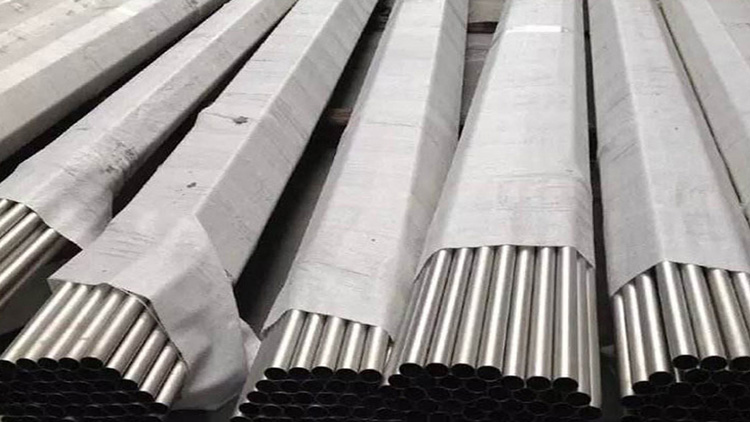
But in fact, the main metal titanium that constitutes titanium alloy is not rare. The content of titanium element on earth accounts for 0.45% of the total mass of the earth's crust, second only to iron, aluminum, magnesium and other metal elements. There are more than 140 kinds of titanium minerals, and the reserves are also very rich.
Titanium exists in nature in minerals such as ilmenite and rutile. Pure titanium is silver-gray. At the same time, it is also a light metal. The density of titanium is only 4.54 grams per cubic centimeter and the melting point is 1668 degrees Celsius. It has plasticity.
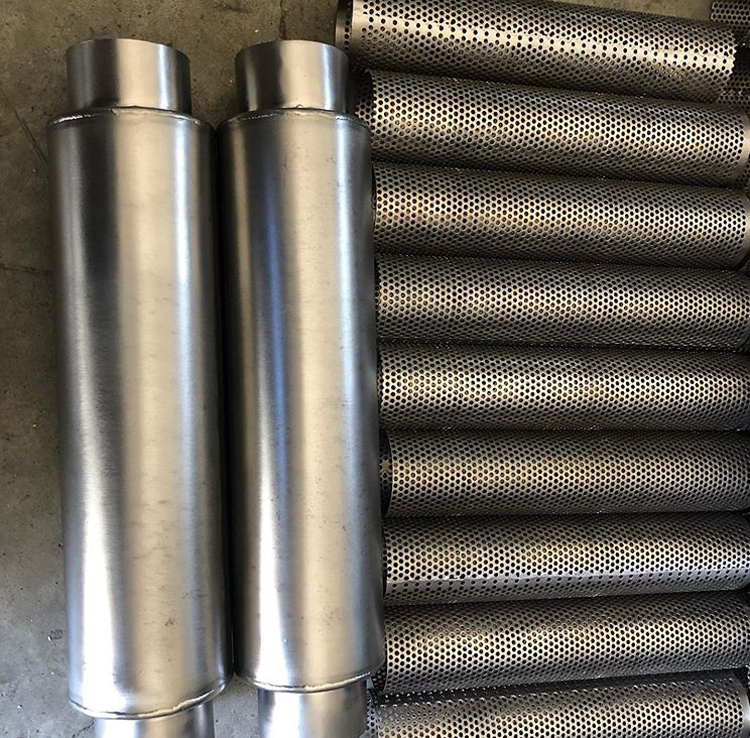
What really makes titanium popular is its own characteristics. As a lightweight metal, titanium has the highest ratio of weight to strength among all elements, 44% lighter than steel, but its mechanical strength is similar to steel. , 3 times stronger than aluminum, titanium has strong anti-corrosion ability, similar to aluminum, the surface of titanium will be covered with a dense oxide film at room temperature.
Its non-toxic and non-magnetic characteristics are also very suitable for industrial production. Liquid titanium is compatible with almost all metals, so it can form alloys with various metals. By adding a certain proportion of other metal elements, the smelted titanium alloy can be made. While ensuring light weight, high strength and corrosion resistance, it also has greater strength or stronger high temperature resistance, and even has memory capabilities. Titanium is the most compatible metal with the human body. In the medical field There are also uses, such as heart stents, orthopedic titanium plates, etc. In daily life, some eyeglass frames, watch frames, and some sporting goods also widely use titanium alloys.

Some people wonder, titanium is not a rare metal, and there are so many reserves, why is titanium alloy so precious?
This will involve metal smelting technology. Titanium alloys are extremely harsh to the smelting environment. Titanium has low chemical activity under high temperature conditions. Therefore, smelting titanium alloys must be carried out at high temperatures. Generally, the smelting temperature of titanium alloys should be 800 degrees Celsius. The above, and also operate in a vacuum environment, this smelting environment is much higher than that of steel and other metals, as the so-called rare is the most expensive, over time titanium alloys become so-called rare metals, which leads to its price. Stay high.
At present, titanium alloy materials are the most widely used in the aerospace industry, so titanium alloys are also called "space metals". They are light in weight, high in strength and high temperature resistance, and are especially suitable for the manufacture of aerospace vehicles. Many parts used aluminum alloys in the past. All changed to titanium.
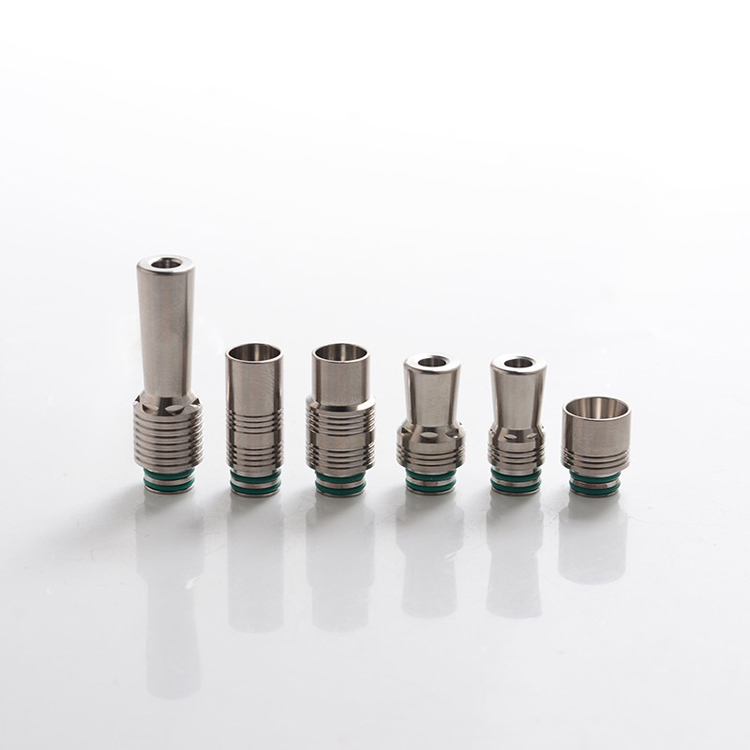
With the development of technology, the maximum speed of the aircraft is now more than 3 times the speed of sound. Such a fast supersonic flight will cause the aircraft to rub against the air and generate a lot of heat. Generally, when the flight speed reaches below 2 times the speed of sound, the fuselage It is enough to use aluminum alloy. When the flight speed reaches more than 2 times the speed of sound, the aluminum alloy can't stand it. It is necessary to use titanium alloy with better high temperature resistance and better performance. When the flight speed exceeds 3 times the speed of sound, the aircraft The body will use more titanium alloy.
The principle of titanium alloy:
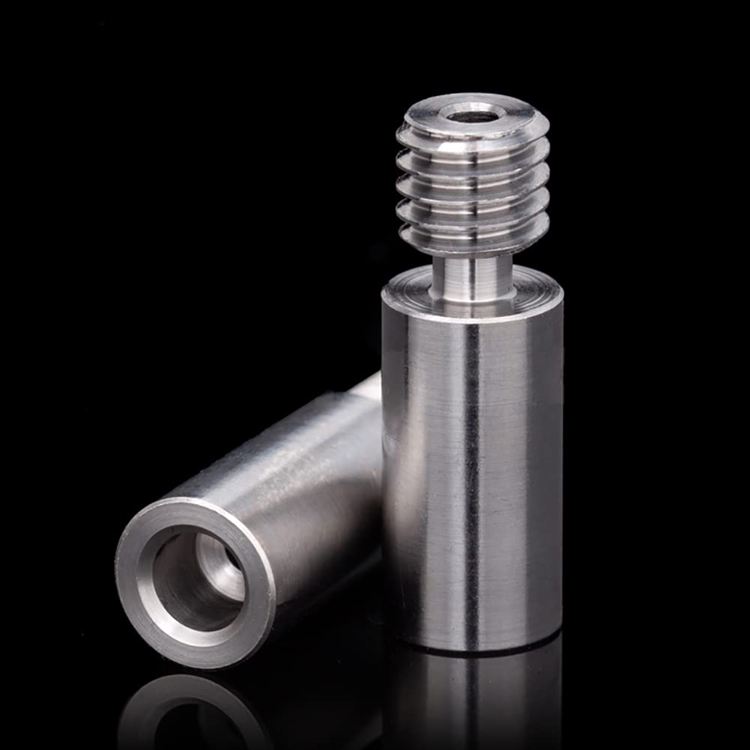
Titanium alloys are alloys based on titanium with other elements added. Titanium has two kinds of isomorphous crystals: α titanium with close-packed hexagonal structure below 882 °C, and β titanium with body-centered cubic structure above 882 °C.
Alloying elements can be divided into three categories according to their effect on the transformation temperature:
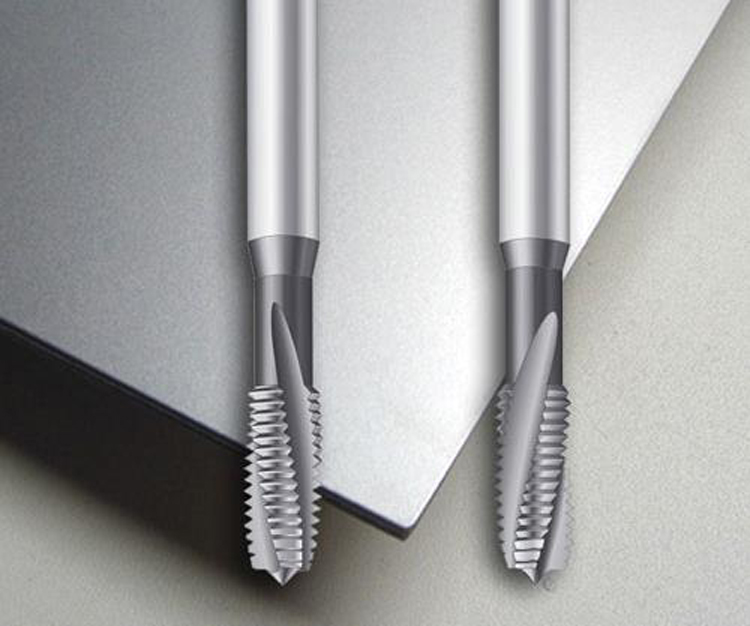
① The elements that stabilize the α phase and increase the phase transition temperature are α stable elements, such as aluminum, carbon, oxygen and nitrogen. Among them, aluminum is the main alloying element of titanium alloy, which has obvious effects on improving the normal and high temperature strength of the alloy, reducing the specific gravity and increasing the elastic modulus.
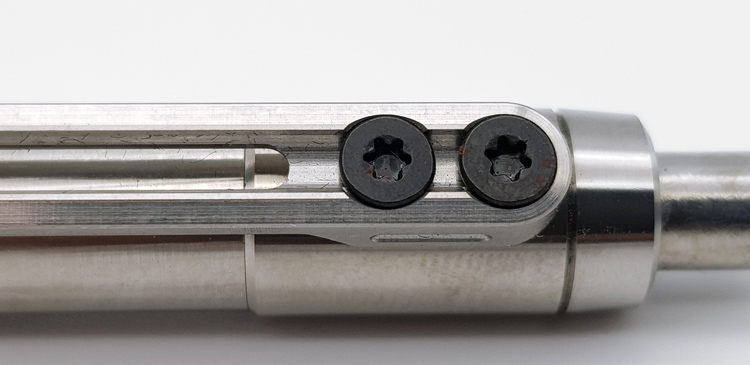
② The elements that stabilize the β phase and reduce the phase transition temperature are β-stabilizing elements, which can be divided into two types: isomorphic and eutectoid. The former has molybdenum, niobium, vanadium, etc.; the latter has chromium, manganese, copper, iron, silicon and so on.
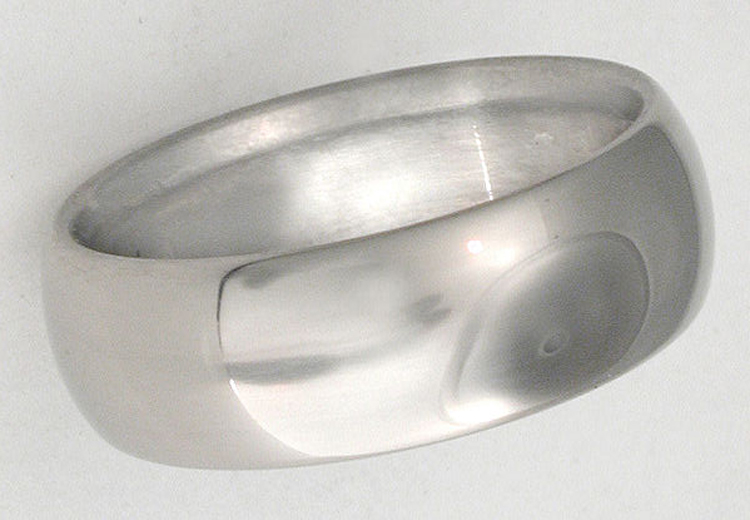
③ The elements that have little effect on the phase transition temperature are neutral elements, such as zirconium and tin.
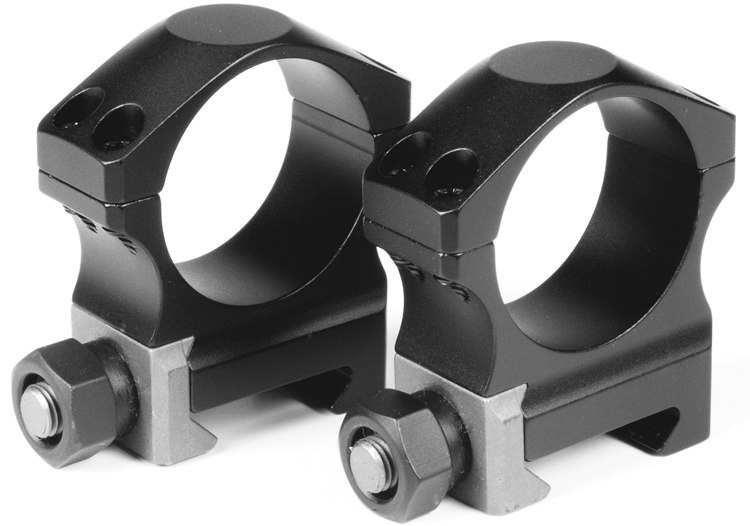
Oxygen, nitrogen, carbon and hydrogen are the main impurities in titanium alloys. Oxygen and nitrogen have greater solubility in α phase, which has a significant strengthening effect on titanium alloys, but reduces the plasticity. Usually, the content of oxygen and nitrogen in titanium is 0.15-0.2% and 0.04-0.05% or less, respectively. The solubility of hydrogen in the α phase is very small, and too much hydrogen dissolved in the titanium alloy will produce hydride, which will make the alloy brittle. Usually, the hydrogen content in titanium alloys is controlled below 0.015%. The dissolution of hydrogen in titanium is reversible and can be removed by vacuum annealing.
 What is the difference between 201 st...
What is the difference between 201 st... Why is 316 stainless steel better tha...
Why is 316 stainless steel better tha... 400 series stainless steel science
40...
400 series stainless steel science
40... How to distinguish the processing tec...
How to distinguish the processing tec... Non-standard design materials of bras...
Non-standard design materials of bras... What type of titanium alloy does Tc4 ...
What type of titanium alloy does Tc4 ...